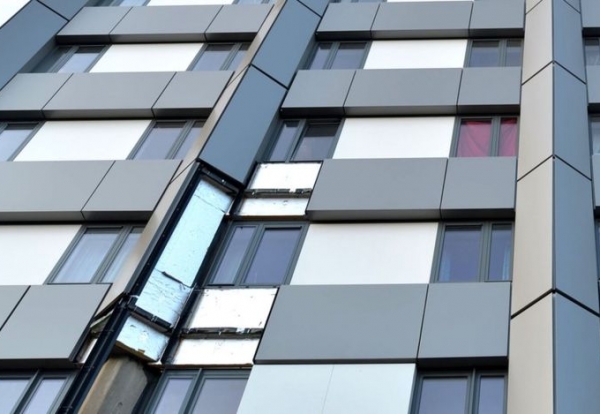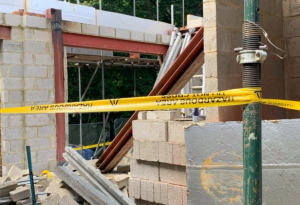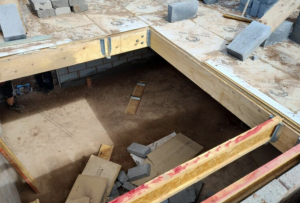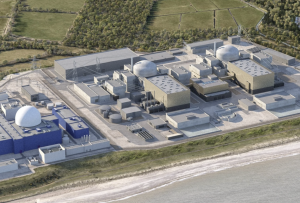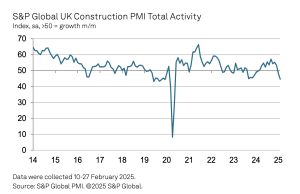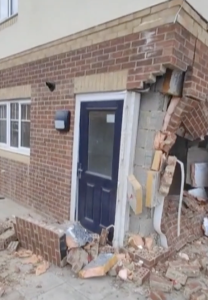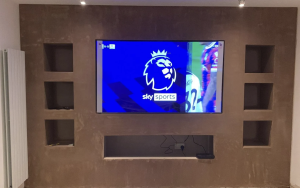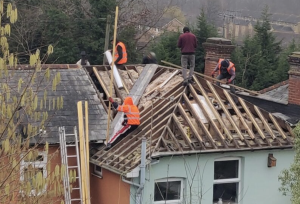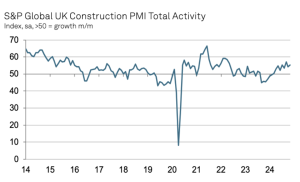RIBA calls for compulsory alarms and sprinkler systems
This post has already been read 2874 times!
The RIBA has called for compulsory fire alarms in all new and converted residential buildings and multi-occupancy buildings ,in the wake of the Grenfell Tower fire in June.
The suggestions are among the wide-ranging recommendations made by the Royal Institute of British Architects in its submission to independent review of building regulations and fire safety, led by Dame Judith Hackitt.
RIBA’s response has been developed by its expert advisory group on fire safety, established by RIBA Council following the Grenfell Tower fire.
Jane Duncan, chair of the RIBA advisory group, said: “The RIBA welcomes Dame Judith Hackett’s review but we believe it must be more comprehensive, addressing the details of Building Regulations guidance as well as the broader regulatory system. The review should cover all building types and construction methods not just those relating to high-rise, multiple occupancy residential buildings. In addition to submitting evidence, the RIBA has also proposed a number of significant recommendations to the review, to enhance the future fire safety of buildings for all residents and users.”
The RIBA’s 19-page submission has numerous recommendations, including:
– Repeal of The Regulatory Reform (Fire Safety) Order 2005, under which building owners undertake their own fire risk assessment, and the re-introduction of mandatory Fire Certificates for designated premises, based on independent inspections by the fire brigades, with statutory powers of entry to individual dwellings where necessary.
– Introduction of a Building Regulations requirement for central fire alarm systems in multiple occupancy residential buildings.
– Removal of the ‘desk-top’ study approach to demonstrating compliance with Regulation B4.
– Introduction of requirements for sprinklers/automatic fire suppression systems in all new and converted residential buildings, as currently required in Wales, or at least for residential buildings over three storeys in height.
– Introduction of a requirement for more than one means of vertical escape from new multiple occupancy residential buildings of more than three storeys in height, and no use of compensatory features for omission of a staircase or alternative means of escape.
– Review of the requirements for natural and mechanical smoke vent/exhaust provisions to corridors, lobbies and stairs to ensure current performance capacities are sufficient.
– External walls of buildings over 18 metres in height to be constructed of non-combustible (European class A1) materials only.
– Retro-fitting sprinklers and fire alarms in existing residential buildings over 18 metres in height, or maybe even three storeys for sprinklers.
The RIBA says that consideration should be given to revising the ‘principal designer’ and ‘principal contractor’ roles set out in the CDM Regulations 2015, with regard to ensuring so far as is reasonably practicable the health, safety and welfare. The ‘principal designer’ should have powers during the design and any ‘contractor design’ periods of projects to enable safe design and construction. This will need greater level of approvals and inspection by Building Control officers and independent clerks of works/site architects. The ‘principal contractor’ role should have a greater responsibility to work with fire brigades, client and ‘principal designer’ to achieve fire safety objectives.

